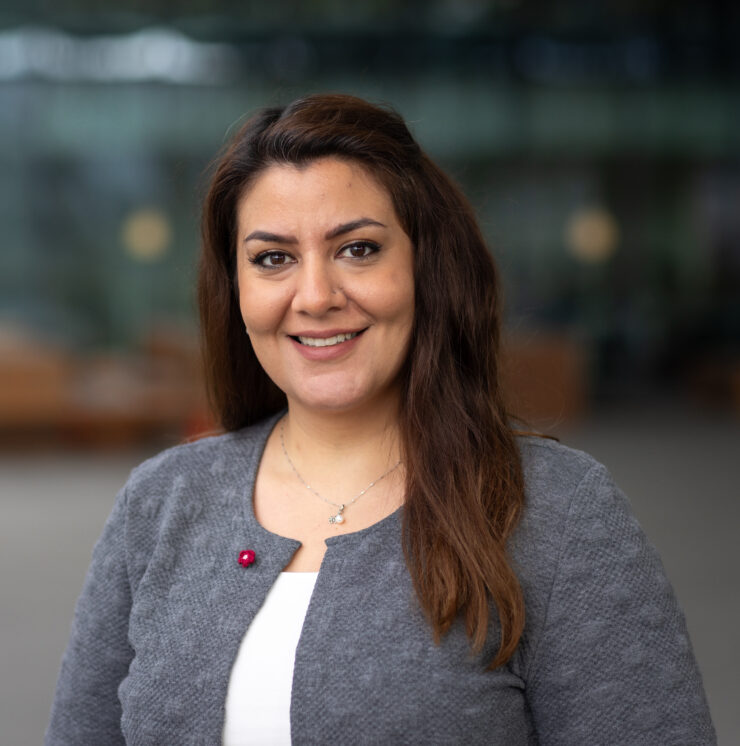WP2: Identifying ecosystem alignment opportunities
WP2 aims to dissect and enhance the collaboration dynamics within emerging ecosystems focused on circular agriculture, including the critical area of the protein transition. With innovation alignment and scalability at its core, WP2 seeks to understand the myriad factors that contribute to ecosystem irregularities—ranging from conflicts and mistrust to market misalignments. By closely examining these ecosystems, WP2 strives to identify both the challenges to and opportunities for more harmonious and scalable innovations.
The ecosystem actor mapping embarks on a detailed exploration of the circular-agrifood and protein-transition ecosystems in Gelderland, identifying key actors, activities, artifacts, and their interrelations. This foundational step, which builds on insights from WP1, is crucial for understanding the structural characteristics and dynamics at play within these ecosystems.
With an artifact system analysis, we dive deeper into the ecosystems’ fabric by examining the role of various artifacts (e.g., technologies, business models) as boundary objects. This analysis aims to uncover how these artifacts can foster shared understandings and potentially bridge gaps between different ecosystem actors, thereby facilitating mission alignment and collaboration.
Diagnostics of ecosystem dynamics integrate the findings from the previous tasks to offer a comprehensive view of the ecosystems’ current state. This task focuses on identifying the root causes of collaboration challenges and envisioning opportunities for transformative change, facilitated through workshops and discussions with core partners.
With framework co-design the WP’s findings culminate into a practical framework designed to support ecosystem orchestrators. This framework aims to enable better actor alignment and smooth transitions towards circular-agrifood and protein-transition goals, validated through stakeholder engagement in the Collective Learning Platform of WP5.






